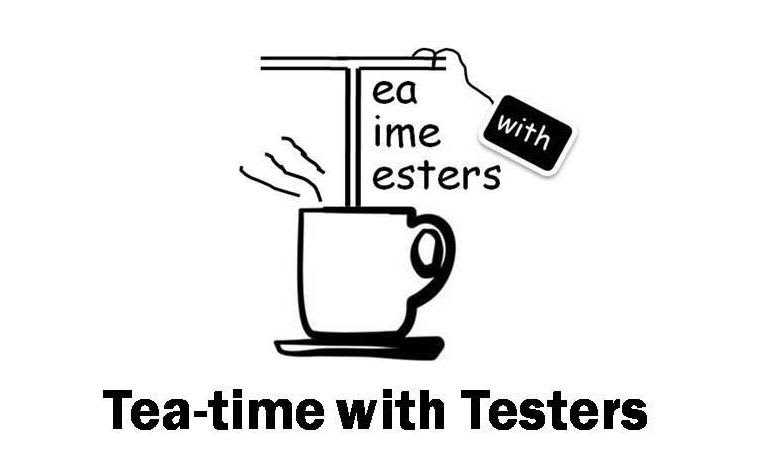In 2002, I decided that I wanted to keep a journal for my professional career. In the early pages of this journal, I wrote the following: “I want to write a book someday”. I knew, even back then, that my ultimate goal was to write a book that would be inspiring and motivating to the world.
I began taking notes in my journal, logging ideas the moment they came to me. These ideas and notes were disorganized and coming from every direction. My goal at that time was not to finalize the whole book but to get all of my thoughts in one location so that I could refine them. I also realized that I wanted to publish a book that was not one story from front to back. Instead, I wanted my book to be multiple chapters, each with its own story and takeaways.
Through the years, I would think of a great chapter title and write that down in my journal. By 2014, I had almost 40 titles in my list, and I began to build the stories that would map to each of those titles. After 5 more years of work, planning, refining, and editing, my book was published in November 2019 in paperback and eBook format across the world.
When I look at my long career in IT, particularly in software testing, I realized so many similarities in testing and the process that I used to get to the final published book. Below are those similarities and how you can take away some lessons in testing from each:
Start Before You’re Ready
The first chapter of my book (“Just Start It”), discusses this in detail. Too many times we wait too long before starting the important things. Many testers will wait because they want to have all of the requirements or project details before they get going. They want to have all of the pre-requisites in place before they begin the testing process. But this is not the best way.
When I started my book, I had no idea how the final copy would look. In fact, my final printed copy looks much different from what I started with. The success of my book came from pulling together everything I could think of and getting all of my thoughts together in one location so that I could move to the next level and refine the chapters to prepare for printing.
As testers, we can benefit from pulling together everything we can about the product. We can study how it works (or will work), review artifacts (if the product exists already), and learn a lot about the product and how it should work, with or without the standard preliminary documents and prerequisites. Learn as much as you can about the product and begin to put your ideas together on how you will test it. And do this as early as possible.
Learn from Others
They say that the best way to learn how to do something well is to listen and watch others that have been there before. With writing, I knew a lot of authors and writers that had published books. They had the war stories and lessons learned to share with me. I listened closely to their advice on the things I “must do” as well as the mistakes I should try to stay far away from making. In my discussions with each of the experienced writers, I learned many tricks on how to work with the community, how to gain support from other authors, receive endorsements, and how to market the book before and during the printing and publishing process.
As testers, we have such a strong community out there that have been there and have lessons learned for us. Get out there in the community in social media – on LinkedIn, Facebook, Twitter, blogs, webinars, and more. Learn from their inputs and suggestions. Talk with the leaders and collaborate with them to help you grow as a tester and build your skills.
Refine, Refine, Refine
When I started my book, I never realized that on the road to publishing, I would read my book nearly 10 times from front to back. When I was wrapping up my book and giving myself a high-five that I was “done”, I had no idea how “not done” I was at that time. I began to edit the book, and each time I would find something I wanted to change and modify. I then hired an editor to look at the book and give their thoughts. They came back with many changes – suggestions that were so good, but I had not seen them myself until the editor called them out. After the editor completed, I read through the whole book again, made more edits, took their suggestions, edited again, and then shared the updated manuscript with the editor once more. The second pass was better, but there were still findings and updates that needed to be made. After going through it many times, making updates, I finally reached the last version and was ready to submit it to the publisher.
In testing, we should drive for the same process. Do not be satisfied with your first test artifacts. Do not just settle when you feel you have put it all together. Give your artifacts a second review and look for areas of improvement. Reach out to others on your team to get their inputs and suggestions. Having that second set of eyes on your work gives you an opportunity to receive suggestions that will improve your work. As you progress with an application or system, you will find that things that worked long ago may need to be improved so that you continue to give the best testing experience to the deliverable. Keep refining and improving.
Cut Out the Waste
One of the most difficult pieces of feedback to hear in my writing journey was from a 12-time best-selling author and friend. His suggestion to me was to take a hard look at my manuscript (which, at the time, was 45,000 words) and trim the book down to a digestible and better product. He called it ‘brutal editing’. He reviewed my manuscript, took a few chapters, and gave me examples of how to cut and trim the chapter to a better product. It was hard to do. I felt I had poured my heart and soul into the chapters and at first, I wanted to reply “But this is my book baby! Every word is important, how can I cut any of it out”? But I found that he was right. As I read through the document, I found better ways to say the same thing with much fewer words. It made the manuscript easier to follow, and it got to the point with minimal rambling. At the end of my brutal editing, I had a manuscript that was around 34,000 words and 30 chapters. And it was such a better product.
As testers, we hold on to old processes. We may be required to write scripts, steps, scenarios, create tons of documents. And we may or may not agree with everything we are doing. Our goal is to refine our processes and documents. We learn as we go, and the more experienced we get, the better we are at how we document our processes and results. Don’t fall into the trap of feeling that you have to build long detailed documents to show your plan for testing or your results. Get to the point and get there fast. Continue to do the excellent work and execution in the test, but trim down on what is unwanted, less useful i.e. make it lean.
Find Your “Endorsers”
Each of us has opened a book to the first page and seen high praise for the author in those first pages. This praise comes from famous people, famous authors, well-known people in the community, and then also people that you may not know so well. Either way, the quotes from those endorsers are always positive (of course they are, who would put quotes in their book from folks that did NOT support them positively?). These quotes give you an idea of how good this book will be. As you read the quotes, you begin to tell yourself “I can’t wait to read this book. Look how much these people love it!”.
Get yourself a mentor. Read this again…Get yourself a mentor. Everyone needs mentors. And you don’t have to pick just one. You can have a mentor for your work and career. You can have a mentor for your personal life and goals. You can have a mentor for all aspects of your life. But learn from people that can help you and endorse you. Reach out to those folks that you know have been there, going through the tough times, and have learned from it. Get their support and endorsement in your work and career. As testers, find those people that collaborate with you and can teach you new and creative ways to do your job. And most of all, find those people that will be there to support and tell others about you when the time comes.
Share Your Story
The feeling of relief when my book first hit the stores was overwhelming. The feeling of satisfaction as I held my paperback in my hands was so wonderful. Seeing my book available at every online book store was fulfilling. But then the reality hit me. I now have to MARKET MY BOOK! It was not going to market itself. Of course, family and friends would buy my book, marketing or not. But to really get my book out there into the world would take a marketing plan and a strategy to get the word out about my book.
As testers, you will find that the people working with you may know the great job you do, and they may even know the tricks and trips that you use in your daily routine. But there are testers all over the world that need to hear your story. They need to hear your successes (AND your failures) so that we can learn together. Therefore, I suggest that you get involved in local testing meetups, testing conferences, and share your stories and lessons learned. There is someone somewhere waiting to hear what you have to say.
You may be saying “I’m not brave enough to stand at an event or conference and talk – I am NOT a speaker”. This is totally okay. If speaking scares you, then write blogs, articles, and other materials for the public. Interact with people on social media and join groups on LinkedIn, Facebook, and other sites. Sign up to give webinars (they can’t “See You” if you do a webinar). Regardless of how you get your word out, just begin to share your story and you’ll find there are many people you want to hear it.
I have enjoyed writing this article and comparing the similarities between testing and writing a book. I have found in my years of writing, speaking, and working in testing that you can relate testing to so many areas of life and so many comparisons to be made. It has been a pleasure to share this experience with you and I do hope you check out my motivational book, “The Drive-Thru Is Not Always Faster”, which is available on all book sites (e.g. Amazon, Barnes & Noble, Apple iBooks, BookBaby, and other sites where ebooks and paperbacks are sold). A quick link to all the sites can be found on my website at www.TheDriveThruBook.com

Article author - Mike Lyles
Mike Lyles is a Director of QA and Project Management with 25+ years of IT experience in multiple large organizations. Learn more about Mike & his book at www.MikeWLyles.com & www.TheDriveThruBook.com.

